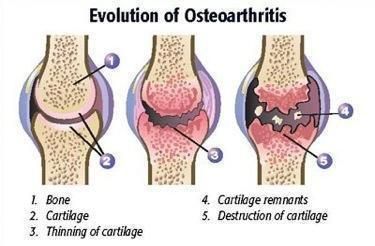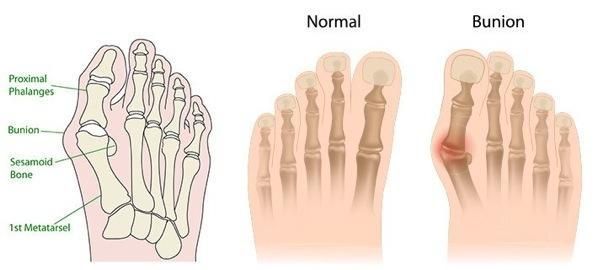Newsletter Jan-Feb 2015

General Wellbeing - The main causes behind musculoskeletal pain
To recap from the last newsletter, a question that often get asked by clients is ‘how did this (injury/pain) suddenly happen?’. The answer is usually because of one of 4 reasons:
- Overuse / Overtraining
- Poor posture
- Trauma
- A medical condition
In fact, all 4 can be inter-related as the reason, it may not be just one alone. For example, a medical condition (such as arthritis) could cause pain and swelling in itself, but could also lead to poor posture, which in turn could lead to overuse, or overtraining of structures elsewhere in the body.
Extrapolating this idea, you could easily substitute a medical condition, for a trauma (such as a strain, or sprain). The injury itself can create it’s own pain, swelling etc. but then during the healing process your posture and movement could change (a limp for example) leading to poor posture and so on.
In this newsletter we’ll look specifically at No.4 on the list above; a medical condition.
4. A medical condition
As we all know, medical conditions range from slightly debilitating, right through to something terminal. In either case, complementary therapies can play an important role in helping the sufferer manage any pain or discomfort they feel along the way, as long as there are no contraindications. It’s important to state here that as a therapist you’re not doing anything to ‘cure’ the problem, just help the body manage it.
One of the most common musculoskeletal medical conditions is arthritis. There are various types of it (for more information on all of them click here). However, in this article we are going to look at just of the most common variants; osteoarthritis and rheumatoid arthritis.

The first thing to note is that osteoarthritis often starts in the weight bearing joints, or around an injury site. It is also more common in women than in men.
Osteoarthritis occurs as the cartilage in a particular joint starts to wear away, as a result of this wear and tear the joint swells affecting the function further. This in turn increases the wear and tear. If a joint can’t function correctly (and it’s a load bearing) then posture will be affected. As we already know, poor posture is one of the main causes for musculoskeletal pain. So this added to the discomfort and inflammation caused by the arthritis itself can make for some serious problems.
Rheumatoid arthritis (and bunions)
Rheumatoid arthritis is an autoimmune disorder whereby the joint deforms due to bony growth, it is also a major health complication. Unlike osteoarthritis it usually starts in the extremities (fingers and toes). Common symptoms are the development of bunions. That is not to say that if you have a bunion you automatically have rheumatoid arthritis, however, it can be one of the early signs for those who do have it.
In a recent conversation with a fellow therapist, they described bunions as the most destructive dysfunction of the foot and as I have already mentioned in this newsletter, if a joint is load bearing and dysfunctional then it can affect your posture. With feet it can also affect you gait (the way you walk). So it’s not hard to see how both bunions and/or rheumatoid arthritis can cause a large amount of pain.

